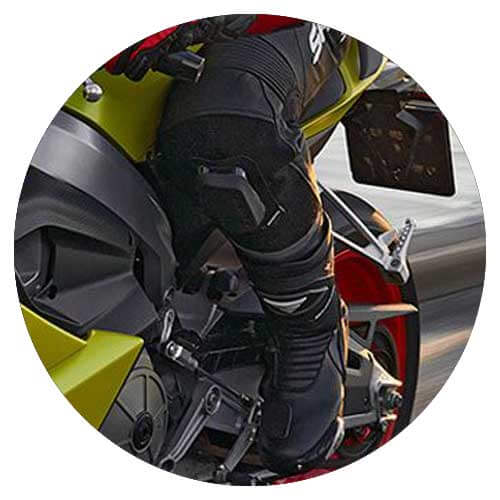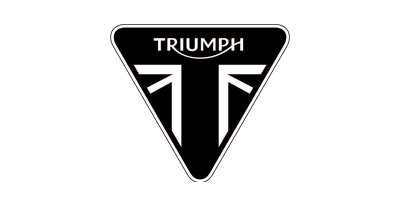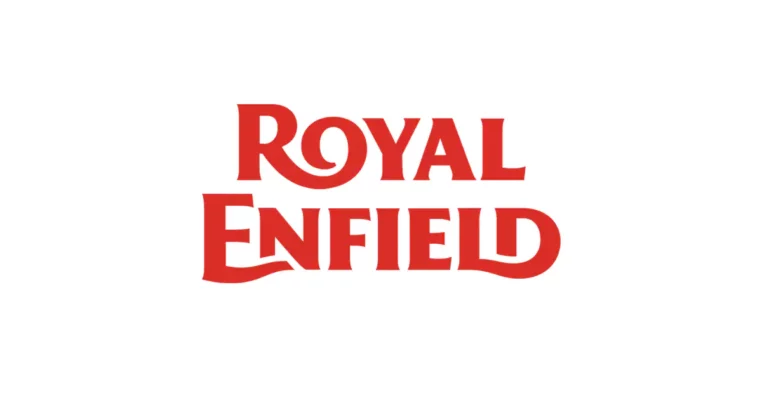The Demise of 20,000 RPM Motorcycle Engines

If we told you that there were bikes out there that used to rev up to 20,000 RPM you’d probably not be surprised considering moto GP bikes do it all the time. But what if we told you that these bikes were street legal and mass produced for the general public. In this article from CE garage, we take you back to the early 90’s, to the streets of Japan.

A motorbike engine is analogous to an orchestra. When every part is flawless, it plays wonderfully, but nothing can explain what occurred if you look at the Honda in the early 90’s. Honda took a massive leap with the production of the CBR250RR. This impeccable machine was nothing short of a piece of art. So how was a 250CC bike able to reach such high RPM without blowing up and was it really necessary?

The truth lies in the pistons of the bike. Honda’s engineers knew that making a large inline 4 engine that revs that high was bound for internal failure. Modern day machines like the 2020 BMW S1000RR which is an absolute track monster only revs up to 14,900RPM. So the only way to achieve 20,000RPM was to downsize the size of the pistons to the size of a shot glass. By doing this, the internal mass and inertia was down to a manageable rate.

By downsizing the size of the pistons, this made half of the equation possible. However, there were still some elements that needed to be perfected, such as the valves. At 20,000 each valve is opening and shutting 167 times a second. With a 30mm stroke with a tiny compression rate, even the slightest delay or off timing will cause the valves to crash into the piston causing immense damage. The solution was to not use a timing chain but a specialized gearbox that controls the camshaft.
So to sum up, was this really necessary? I mean, 250cc with an inline 4 that revs up to 20,000 RPM only to produce a humble 45HP sounds a bit ridiculous. However, back in the day in Japan, when street racing was a thing for many, making an enormous bike that was expensive just wasn’t attractive to the mass public. People wanted a bike that sounded like literclass and was affordable. The solution was these 250s. This is the period when many manufacturers came out with their 250s and rather went to war with each other. Suzuki came out with its GSXR 250R, Kawasaki came out with its ZXR250 and Honda launched its CBR 250R. These bikes were short lived due to their high maintenance among other things.
So Why Did They Stop Production of High Revving Inline 4’s 250s?
In recent years, the trend in motorcycle design has shifted away from high-revving engines that can reach up to 20,000 RPM. This trend has been driven by several factors, including changing consumer preferences for bikes with a more linear power delivery and improved fuel efficiency. Additionally, increasingly stringent emissions regulations have incentivized manufacturers to develop engines that can comply with these standards without sacrificing performance. This shift away from high-revving engines has also been supported by advancements in technology, such as improved materials and manufacturing processes, that have allowed manufacturers to design engines with a broader power band, eliminating the need for extremely high RPMs.
Motorcycles like the CBR250RR would give you approximately 1,00,000kms of reliable riding, after this mark you’d need an extensive engine overhaul which was often expensive and complex. Engines like these made swiss watches feel elementary and basic.

In today’s market, this transition has also been facilitated by the growing popularity of electric motorcycles like the Ultraviolette F77, which offer instant torque and do not rely on traditional internal combustion engine design. However, the demise of high-revving motorcycle engines has not been met with universal approval among enthusiasts. Many motorcycle enthusiasts lament the loss of the high-pitched scream that characterized these engines and view them as an essential component of the riding experience. Nevertheless, the shift towards more efficient and environmentally friendly engines has been widely praised by those who prioritize sustainability and practicality over pure performance.

Kawasaki has made a massive comeback with its ZX250 which features an inline 4 engine, however, this motorcycle redlines at 15,500 RPM. Overall, the demise of 20,000 RPM motorcycle engines reflects a broader trend in the automotive industry towards more sustainable and efficient technologies.
Disclaimer: The views & opinions put forward in this blog are purely from a personal perspective of the author & do not represent the opinions of any entity whatsoever.








































